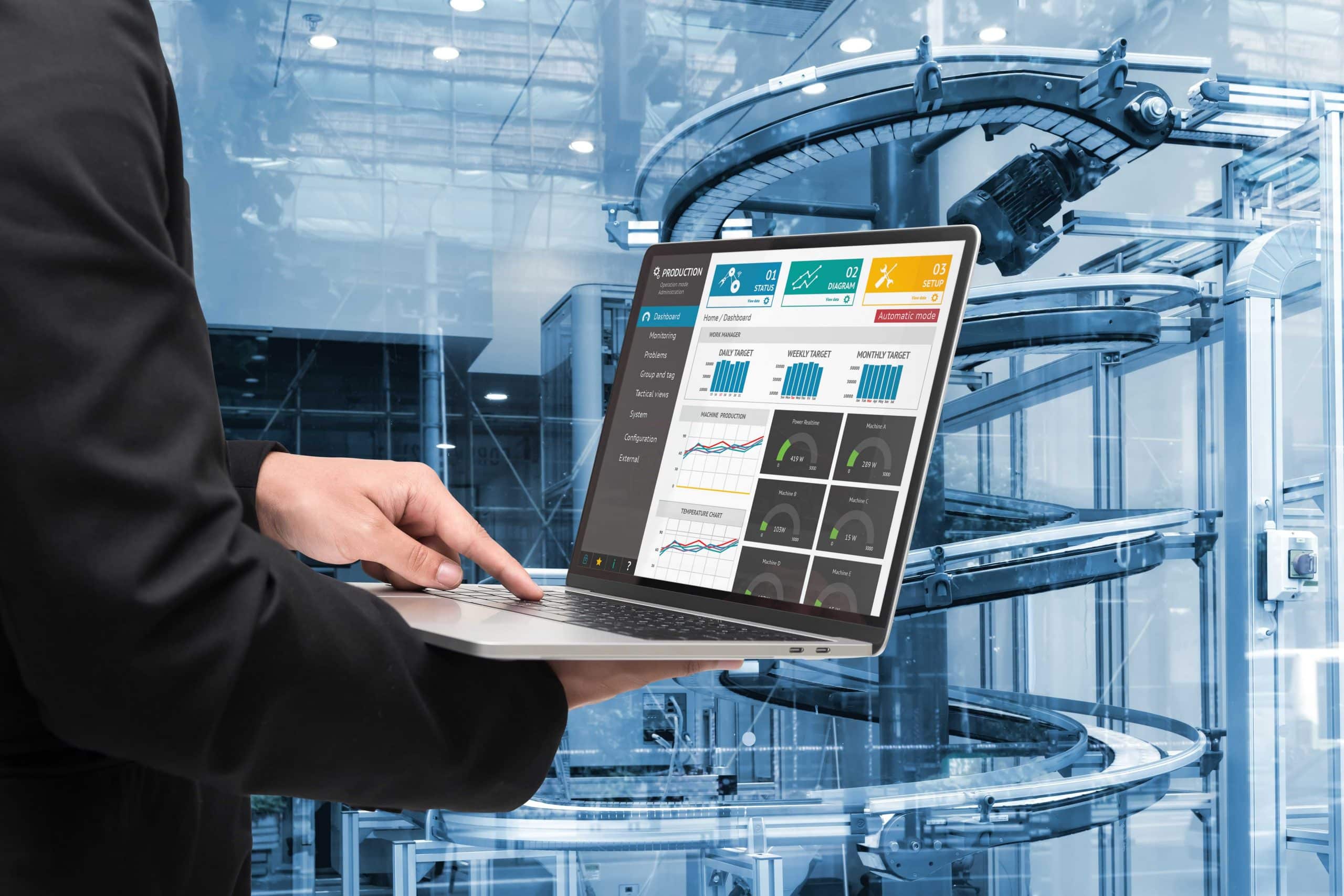3 ways to optimize the convergence of IT and operational technology
Past experience tells us that too often it was a problem, and not an opportunity, that brought IT and operations together. Whether it was a security incident, a system failure or unplanned downtime, those encounters did little to breed mutual trust and collaboration between the two teams. But the world of manufacturing is changing; and for organizations to keep up and truly achieve operational excellence, the relationship between IT and operations must change with it.

Historically, operational technology (OT) was typically stand-alone devices, disconnected from IT systems, with proprietary software and hardware. These technologies fell under the responsibility of engineering, were task-specific systems, and were highly customized depending on the industry. But now, IT and OT are being unified as part of the fourth industrial revolution (Industry 4.0).
If you’re a visionary operations leader, you’ll recognize that the reams of data you use to support real-time decision-making could unlock additional value for your company. But then you need the support of your IT colleagues to make this data meaningful and accessible for use across the organization.
The IT function can also help operations to better align with business systems such as enterprise resource planning (ERP) and manufacturing execution systems (MES). At the same time, IT teams most likely want to achieve the vision and potential of a connected factory – from improving the supply chain to driving innovation and reducing downtime. To get there, they need the knowledge and support of the operations professionals who understand and control the equipment.
Changing mindsets
IT professionals and engineers don’t speak the same language. This is unsurprising because the two functions traditionally had different goals and objectives. IT was running the business applications, while OT was focused on the manufacturing process and whatever technologies were needed to implement and support it.
However, achieving operational excellence is a common goal across your entire organization. Working towards this common goal is a good way to foster cross-departmental collaboration and teamwork.
Still, depending on the industry, transforming the relationship between IT and operations may be tricky. So it’s imperative to agree on a common approach and strategy before any change can be made to technology.
The following three steps will help you overcome these challenges:
1. Collapse organizational silos
Despite some existing synergies, OT and IT are generally housed under separate departments, often with duplication. To rectify this situation, the strategies of the IT and OT functions need to be aligned. Responsibilities need to be integrated, or at least the IT and operations leaders need to have partly common and overlapping goals and targets, which will compel them to work cooperatively. Also allow the two functions to share data so that teams can understand how each function is performing, what the customer or external stakeholder complaints are, and where there is room for improvement.
2. Integrate employee skills
IT personnel and OT teams bring different primary skill sets and motivations. OT employees have engineering or manufacturing backgrounds, and a lateral-minded practicality that keeps machinery operational. IT professionals are passionate about software innovation and the power and process of programming, and are less concerned with how these can be applied on the factory floor.
Before Industry 4.0, there was little need for a common lexicon between an engineering technician and a software or network programmer. But now it is key. Smart factories need a hybrid OT-IT department, manned by engineers who can build hardware; programmers to configure robotics; technicians to maintain this new generation of equipment; and – most importantly – software architects capable of synchronizing entire operations and supply chains.
3. Lock in technical interoperability
Instances abound where basic IT applications caused crashes in machinery or operational systems. OT systems themselves suffer from interoperability shortcomings: Operations hardware is often linked, suboptimally, with numerous components specifically created for singular, isolated functions. Designers of digital systems must therefore strive for greater interoperability, both within legacy operations technology and in its embrace of IT.
The difficulty in developing an effective ascendancy for IT/OT convergence should not be underestimated. IT typically has stronger models for managing projects than operations; they cannot just be taken as they are and applied to OT. The cooperation between IT and OT needs to extend to adapting those models for use in operations, considering the different impact of projects and the different cultures of the stakeholders involved. However, the benefits of bringing IT and OT together are simply too great to ignore.
Being smart in manufacturing is the only option. That’s not new, but you must adapt quickly to stay smart in such a rapidly changing environment. Effectively solving the IT/OT convergence challenge is therefore a necessity for any organization looking to achieve true operational excellence.